Arbor Day everyday in Sandpoint: A tribute to our urban canopy
By Erik Bush
Reader Contributor
As spring deepens its hold on Sandpoint and the days stretch longer under the warming sun, Arbor Day reminds us of one of our community’s greatest assets: our trees. Arbor Day, which the city celebrated May 31, is more than just a holiday to plant a tree — it’s an opportunity to recognize the incredible value our urban canopy and urban forest bring to our city.
From stormwater management and temperature regulation to mental well-being and economic vitality, the benefits of trees in Sandpoint are extensive and deserve our continued investment and celebration.
The role of trees in managing stormwater
One of the most significant, though often overlooked, benefits of trees in our urban environment is their role in managing stormwater. Sandpoint, like many communities near large bodies of water, must be vigilant about protecting water quality.
Our urban canopy acts as a green infrastructure system. Leaves and branches intercept rainfall, reducing the velocity and volume of water that hits impervious surfaces. This decreases runoff, which in turn reduces the burden on our stormwater systems and minimizes the risk of pollutants entering Lake Pend Oreille.
Tree roots also improve soil structure and increase infiltration. In well-vegetated areas, stormwater can soak into the ground, replenishing groundwater supplies and filtering out pollutants naturally. This natural process is not only cost-effective but environmentally sound, reinforcing the importance of maintaining and expanding our urban forest.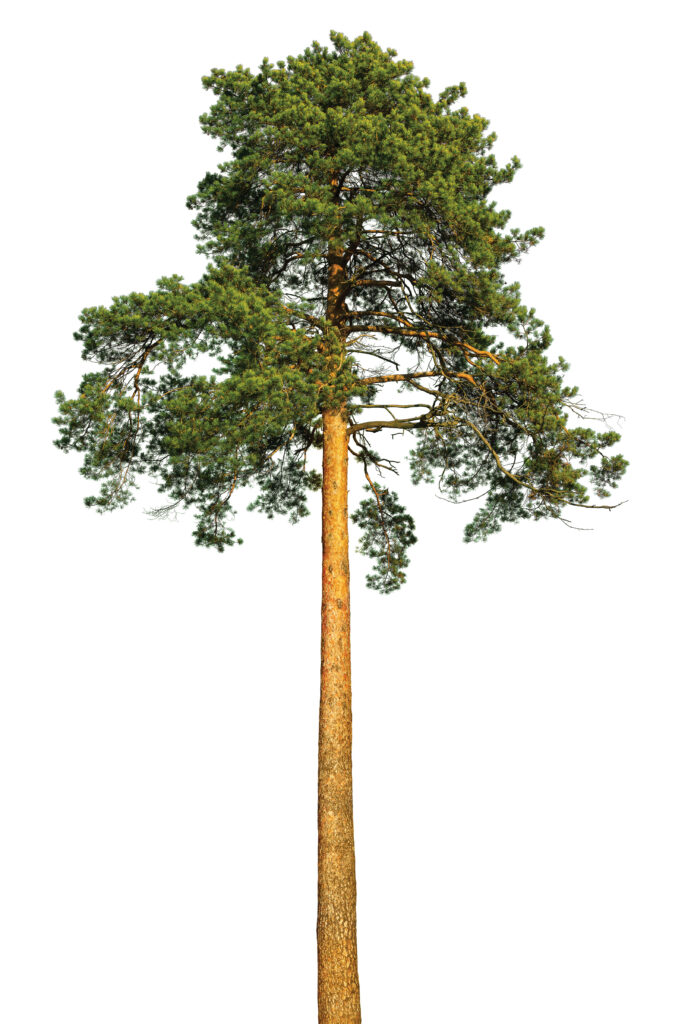
Cooling the city and combating the ‘heat island effect’
Urban areas tend to be significantly warmer than surrounding rural landscapes due to the “heat island effect.” Impervious surfaces like asphalt and concrete absorb and retain heat, driving up temperatures and increasing the demand for energy-consuming air conditioning. In Sandpoint, where summer temperatures are on the rise, this can have a substantial impact.
Trees provide shade and release moisture through transpiration, helping cool the air and lower surface temperatures. A well-shaded street can be 10-15 degrees cooler than one without tree cover. This not only makes our neighborhoods more comfortable but also reduces energy consumption and greenhouse gas emissions.
By strategically planting and preserving trees throughout Sandpoint, especially in areas with minimal shade, we can significantly mitigate the urban heat island effect, contributing to a healthier and more sustainable community.
Shade, comfort and livability
Beyond cooling, shade contributes to the overall comfort and livability of our city. Trees make our parks more inviting, our sidewalks more walkable and our neighborhoods more pleasant. A shaded playground is safer and more enjoyable for children. A tree-lined street encourages walking and biking, promoting healthier lifestyles and stronger social connections.
Shade also plays a critical role in transportation infrastructure. Pavement shaded by trees lasts longer and requires less maintenance, saving taxpayer dollars. In commercial areas, shade improves the pedestrian experience, encouraging foot traffic and supporting local businesses.
Mental health and well-being
Numerous studies have shown that spending time in green spaces, or even just viewing trees from a window, has a positive impact on mental health. Trees help reduce stress, anxiety and depression. They offer a sense of calm and provide a connection to nature that is essential in our increasingly digital and fast-paced world.
In Sandpoint, our urban forest supports a culture of wellness. Whether it’s a quiet moment under the canopy in Lakeview Park, a stroll along the shady paths of Travers Park or a lunch break beneath the trees at City Beach, these moments nourish our mental well-being. They are priceless, yet often taken for granted.
Wildlife habitat and biodiversity
Urban forests also serve as vital habitat for birds, pollinators and other wildlife. They create green corridors that allow species to move through the landscape and contribute to greater biodiversity. In Sandpoint, where we cherish our connection to nature, supporting urban wildlife enhances the quality of life and fosters ecological balance.
Native tree species, in particular, support local ecosystems. They provide food, nesting sites and shelter for a variety of creatures, ensuring that our urban environment remains vibrant and biologically diverse.
Economic value and property enhancement
Trees are also good for the bottom line. Properties with mature trees typically command higher values and sell faster than those without. A well-maintained urban canopy signals a thriving community and attracts visitors, new residents, and investors.
In business districts, shoppers linger longer and spend more in areas with abundant tree cover. The cooling effect of trees can reduce energy bills for homeowners and business owners alike. For municipalities, investing in tree planting and maintenance provides a high return in avoided infrastructure costs and increased tax revenue from enhanced property values.
A living legacy for future generations
Perhaps most importantly, planting and caring for trees is a gesture toward the future. Every tree planted today is a gift to the next generation. It is a living legacy that grows more valuable with time. Trees planted by our grandparents shade our paths today; those we plant now will shade our grandchildren.
Sandpoint has a proud tradition of stewardship, and our urban forest is a reflection of that. Arbor Day is an invitation to renew that commitment, to plant with purpose and to preserve with passion. It is a time to honor the leafy sentinels that stand watch over our streets, filter our air, cool our homes and soothe our spirits.
Cultivating a greener Sandpoint
Let us take stock of the benefits our trees provide and reaffirm our dedication to their care. Let us support policies that protect mature trees, fund tree-planting programs and integrate green infrastructure into our urban planning. Let us volunteer, educate and engage with the simple but profound act of planting a tree.
Because in the end, every tree planted is a vote for a cooler, cleaner, kinder Sandpoint. And that is something worth celebrating every day.
Erik Bush is urban forester/construction manager for the city of Sandpoint. He can be contacted at ebush@sandpointidaho.gov or 208-946-2062.


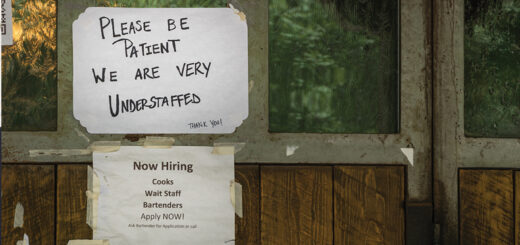
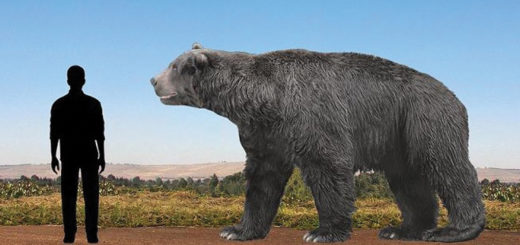



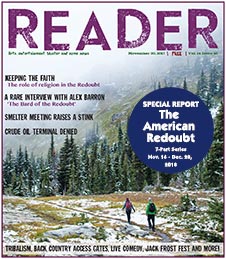
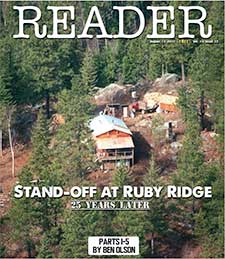


 Coming up this week! Don’t miss Live Music, the Summer Sampler, the Art Party, Monarch Grind, the Sandpoint Renaissance Faire, and more! See the full list of events in the
Coming up this week! Don’t miss Live Music, the Summer Sampler, the Art Party, Monarch Grind, the Sandpoint Renaissance Faire, and more! See the full list of events in the 